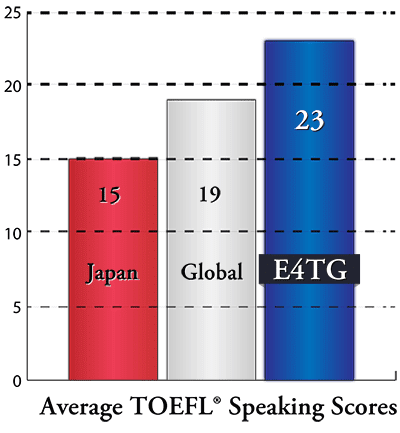I'm going to provide some writing tips. I don't have time to help students with writing, but there are some very silly misconceptions about the TOEFL writing tasks.
Here's the structure I would use (and have used) on TOEFL Integrated Writing task:
Here's the structure I would use (and have used) on TOEFL Integrated Writing task:
¶1: The reading said ~ (summarize the main point & don’t copy). But the professor disagreed with this idea.
¶2: The reading said ~ . But
the professor said ~ (main point and as many details as possible)
¶3: The reading said ~ . But
the professor said ~ (main point and as many details as possible)
¶4: The reading said ~ . But
the professor said ~ (main point and as many details as possible)
One silly misconception about the Integrated WR task is that you should use "On the other hand, the professor argued that ~" or "In contrast, the lecturer insists that ~" in the body paragraphs.
What is the problem with using "argue" or "insist"? They are often inaccurate.
"Argue" means to provide reasons for an opinion, but the professors in INT WR do not always do this. Sometimes they simply provide a counter-example. That was exactly what happened to me when I took TOEFL in 2010.
"Insist" means to say something forcefully or persistently. But sometimes the professor doesn't do this. Sometimes the professor says we don't have enough knowledge or that the point in the reading is not always true.
However, "say" has a very broad usage and it's always accurate.
The fact is that using synonyms for "but" and "say" is not going to help you get a high Integrated writing score, and might lead to mistakes which hurt your score.
You get a high score by (1) selecting the important information from the lecture, and (2) presenting it in contrast to the relevant point from the reading passage.
Please write English well.
Please write English well.



